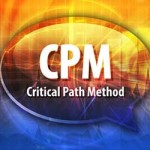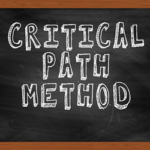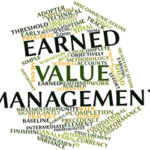
Trying to wrap your head around the Critical Path Method (CPM) can feel like untangling a knot—until you see it in action. This powerful technique pinpoints the must-do tasks that drive your project’s timeline, helping you dodge delays and deliver on time. In this post, we’ll walk through a hands-on example of the Critical Path Method, breaking it down step-by-step … [Read more...]












